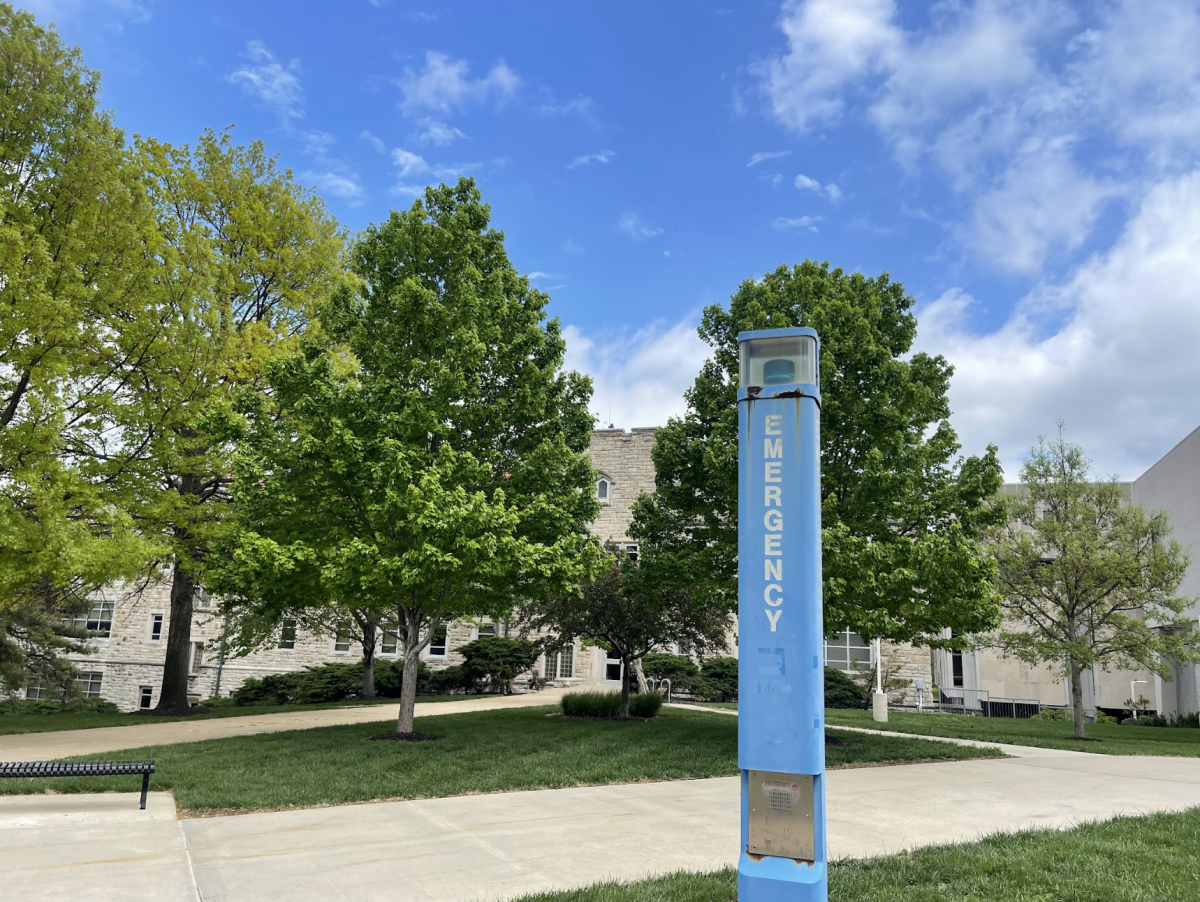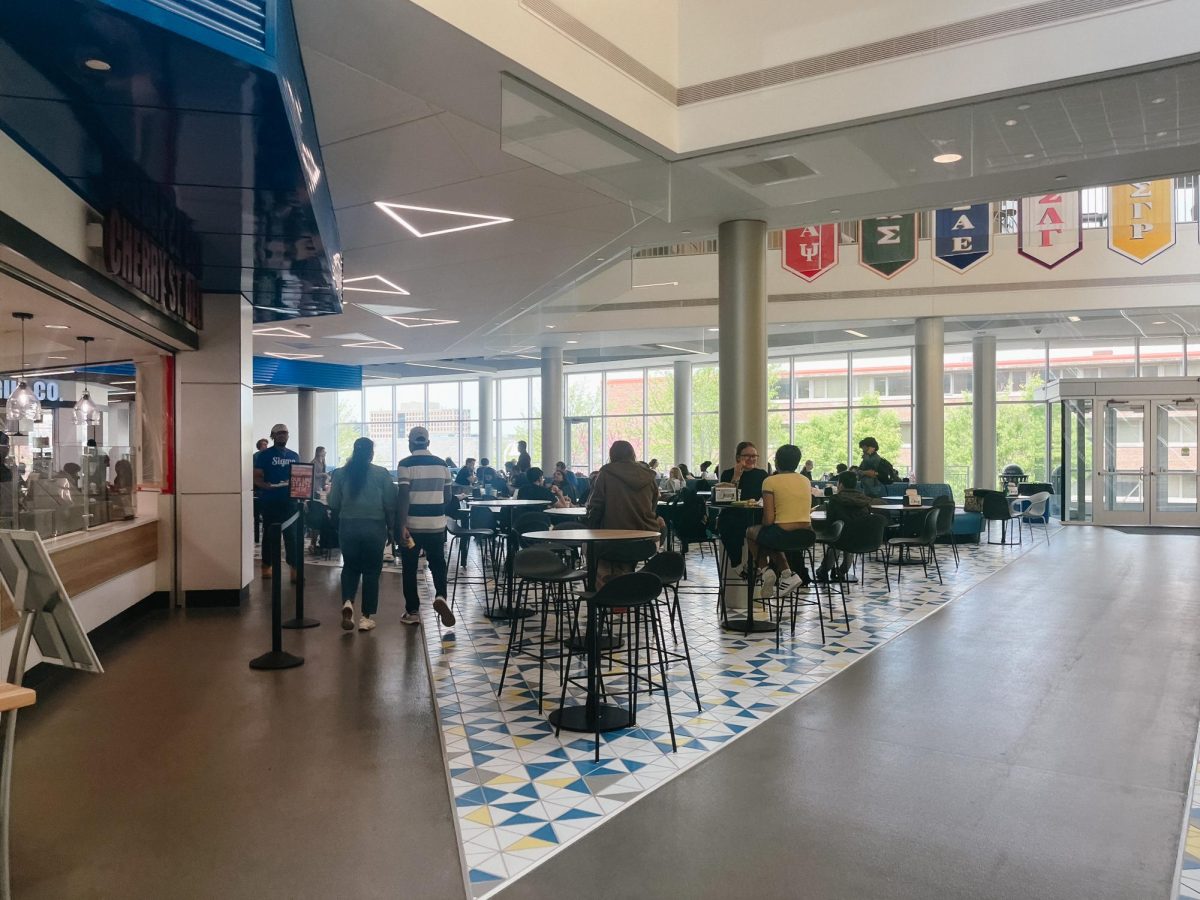Scholars, researchers and students gathered at The National Museum of Toys and Miniatures on Thursday to kick off a two-day research symposium on the historical significance of Black dolls.
The symposium was part of programming for the exhibition “Portraits of Childhood: Black Dolls from the Collection of Deborah Neff,”” and welcomed 17 presenters from around the world to present their research and explore the exhibit’s themes of race, gender and childhood.
UMKC Assistant Professor Dr. Deja Beamon opened the session on Thursday with a discussion on the intersections of theory, memory and material culture in Black girlhood.
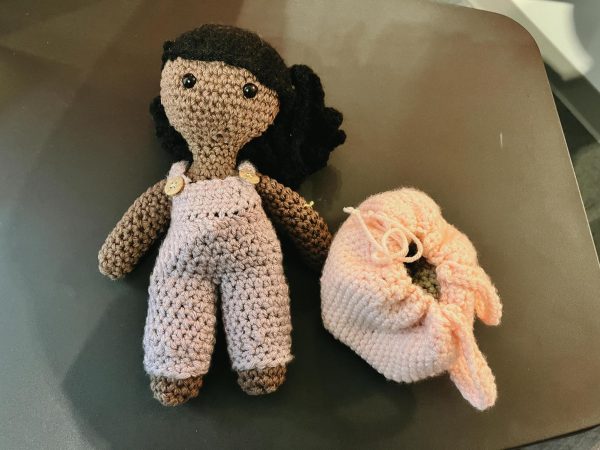
“Our material history is really important in a time when they try to erase it,” said Beamon. “These material things that we create persist in ways that our bodies can’t, and our voices often are not allowed to.”
Beamon looked at the exhibit as a deliberate conversation about the ways in which Black women and Black creators’ voices have been historically silenced.
The collection consists of 135 handmade dolls spanning from 1850 to 1940 and 60 period photographs and paintings of dolls posed alongside children and adults.
Since the exhibition opened on June 29, it has evoked meaningful reflection and conversation within the local community on the significance of black dolls and what they represent.
It is believed a number of the dolls in the exhibition were likely made by enslaved women, and the history attached to the items in the collection has raised feelings of unease for some visitors.
“We entered the exhibition space, and there was an eerie seriousness that came over us,” said Natasha Ria El-Scari, director of the UMKC Women’s Center, in her opening remarks. “One that wanted to protect what we saw, and simultaneously shield our eyes.”
The symposium included student speaker Josephine Sebunyenzi, senior chemistry major and president of the UMKC Multicultural Student Organization Council.
Sebunyenzi was asked to write something for the exhibit back in May 2024, and was invited back for a poetry reading at the symposium.
“When they reached out to see if I was available to talk about it, I thought it was a wonderful opportunity to go see it, and share my experience,” said Sebunyenzi.
Sebunyenzi’s contribution to the exhibition is part of a number of poems, commentaries and interpretive labels penned by members of the local community to accompany the dolls in the collection.
Viewers can see the exhibit now through Mar. 3 at the National Museum of Toys and Miniatures.








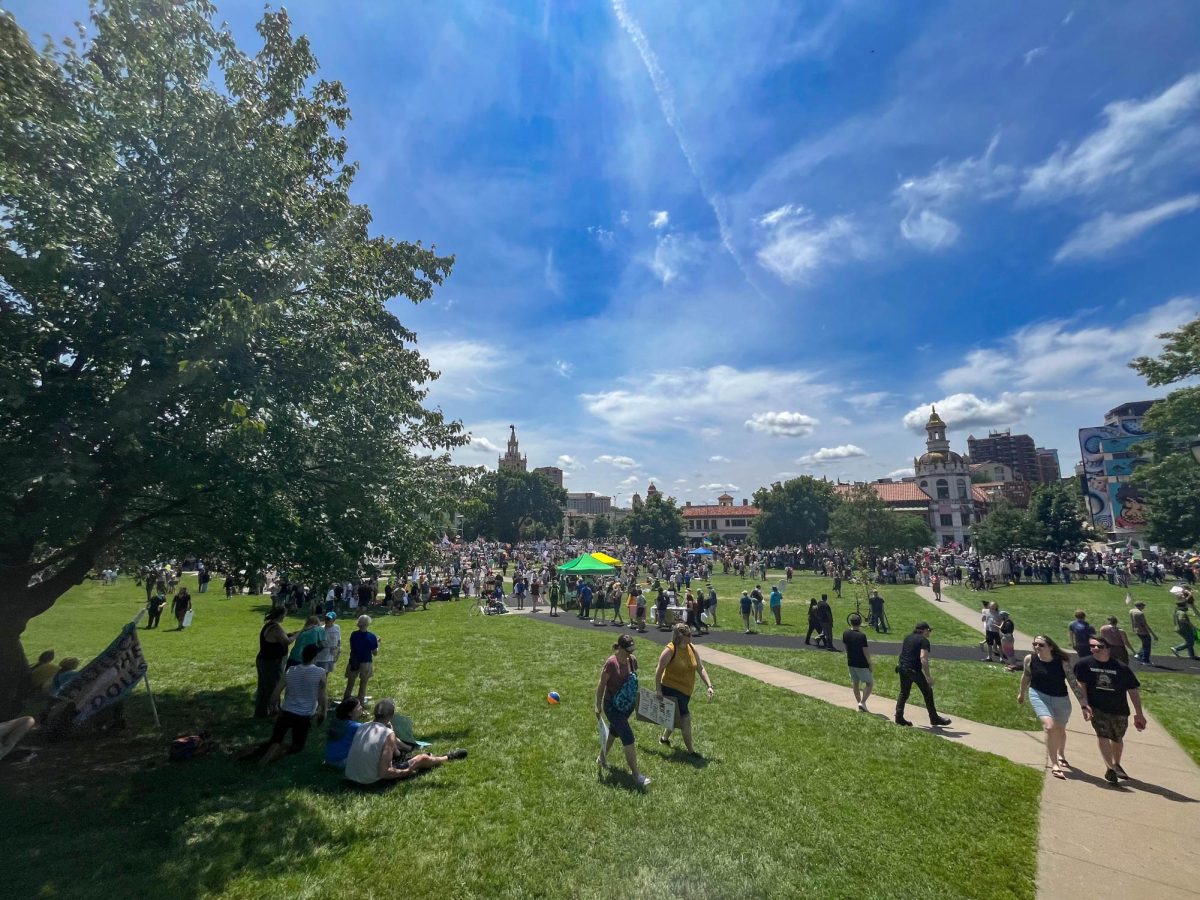
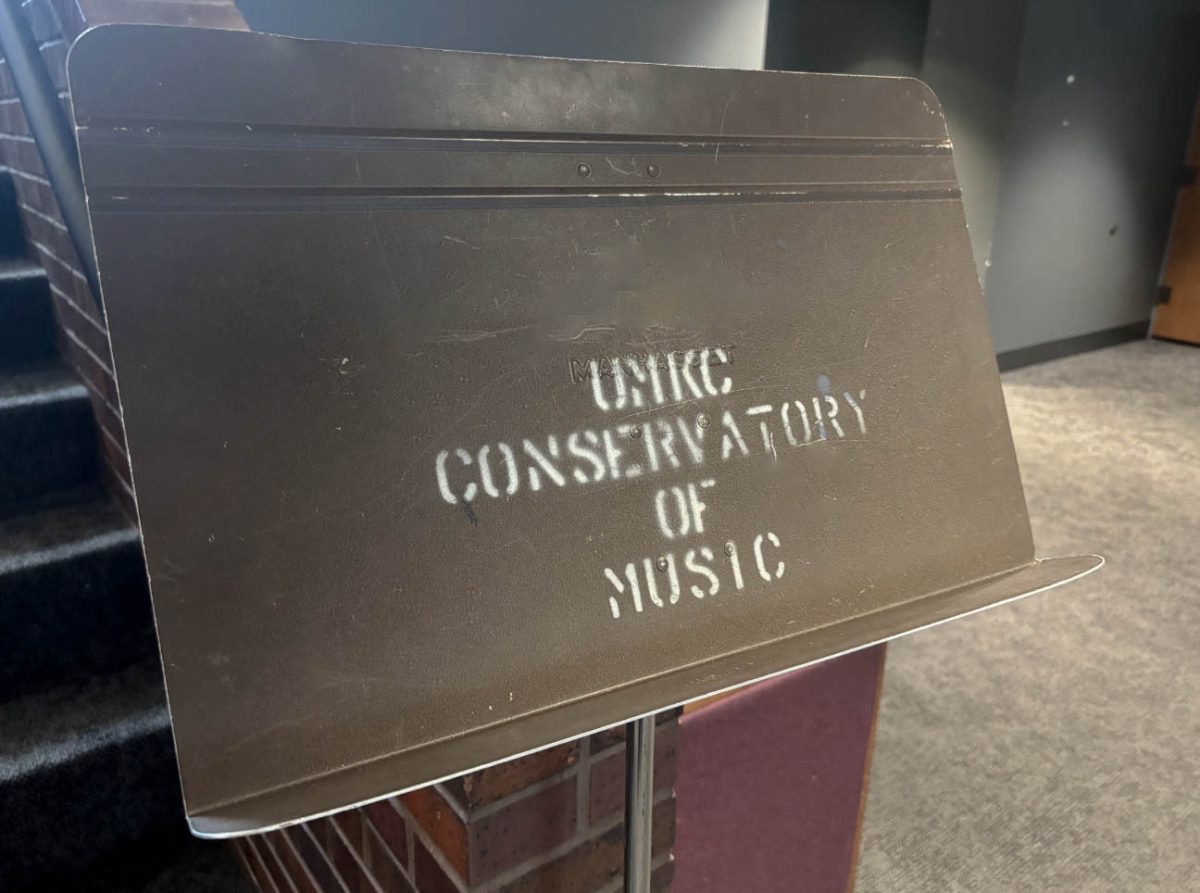


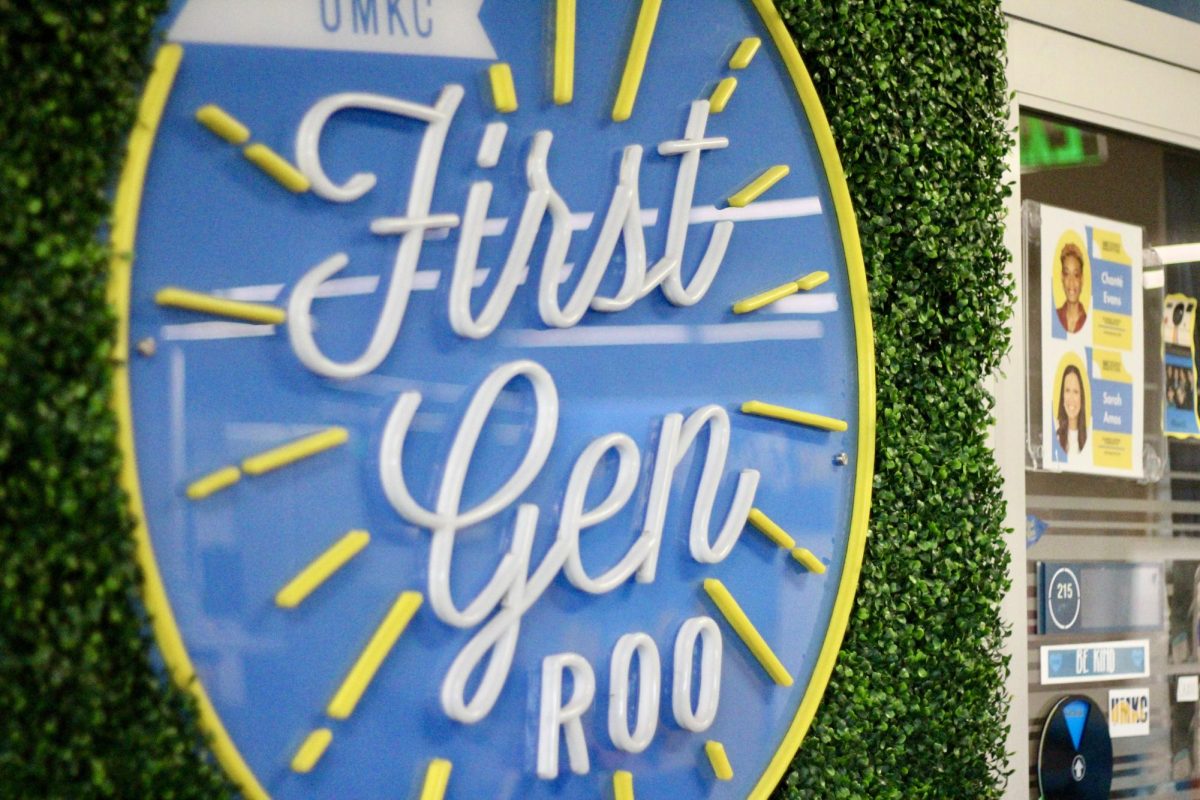
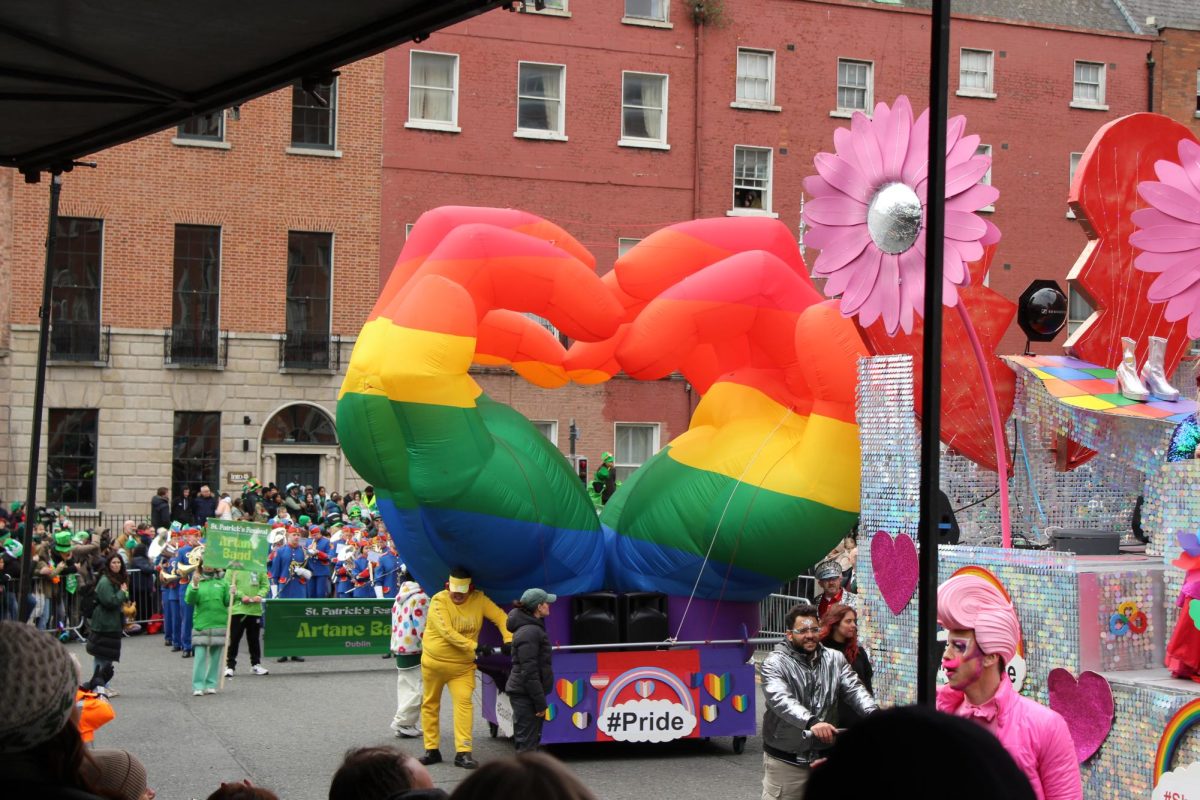
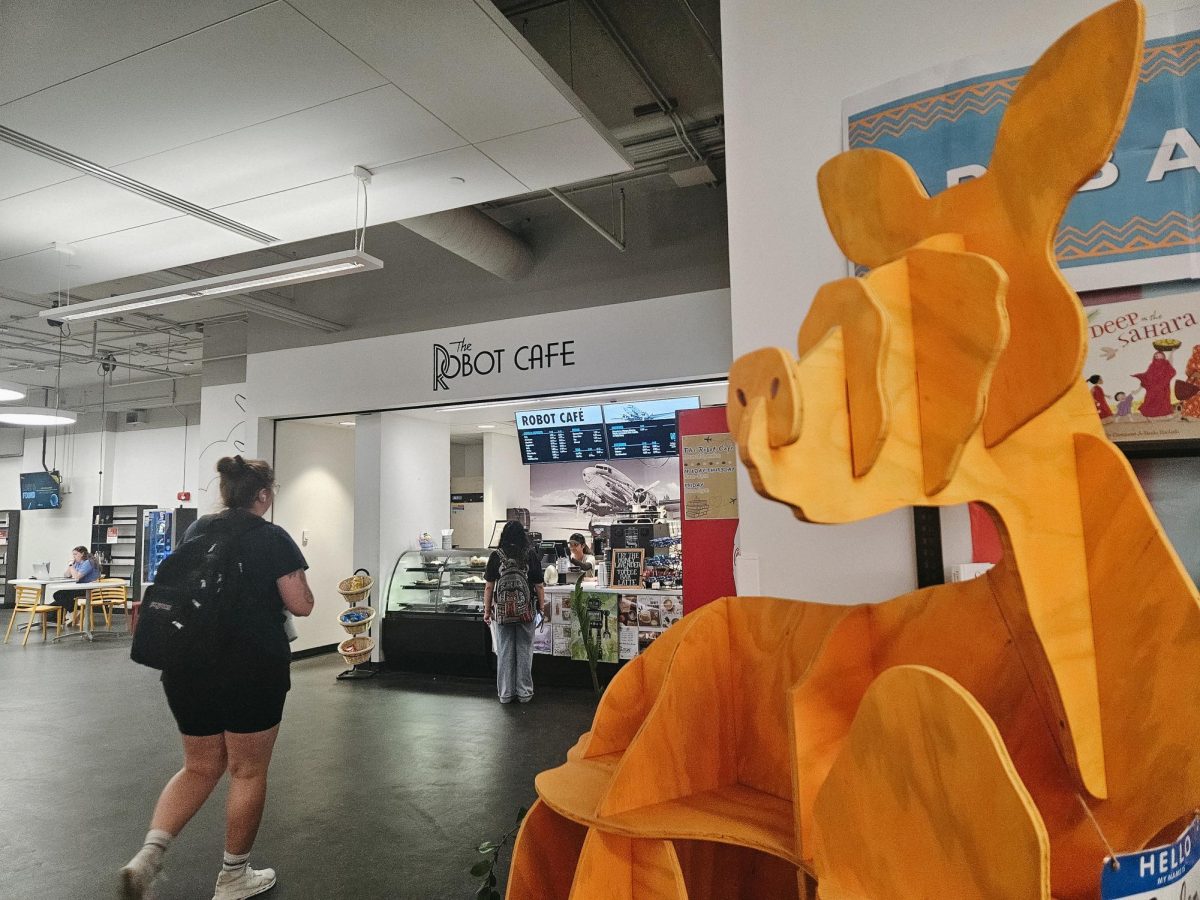


![Alex Unseth [left] and Yasmen Hassen [right] speaking at the dinner.](https://kcroonews.com/wp-content/uploads/2025/04/SGA-1-1200x800.jpg)

